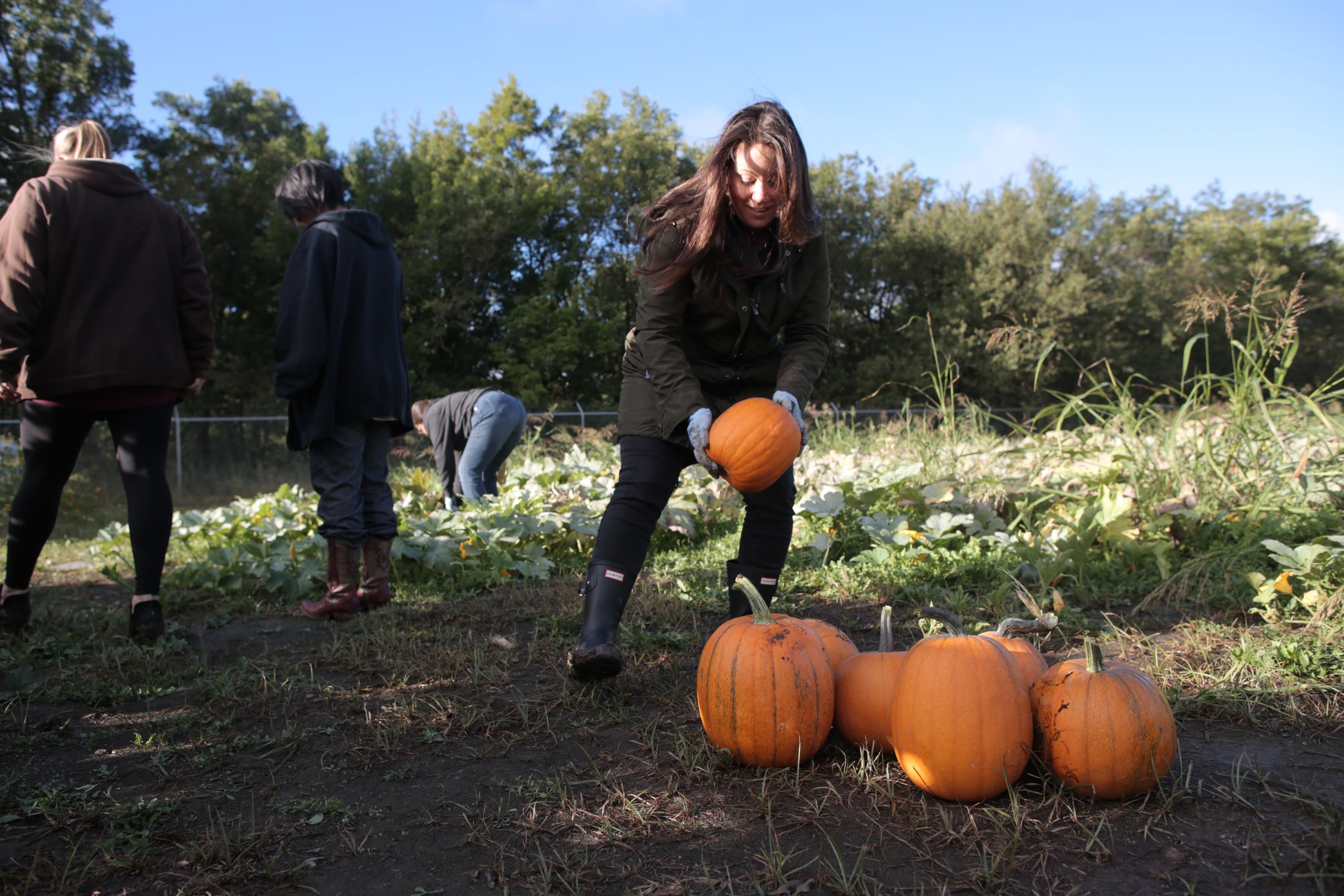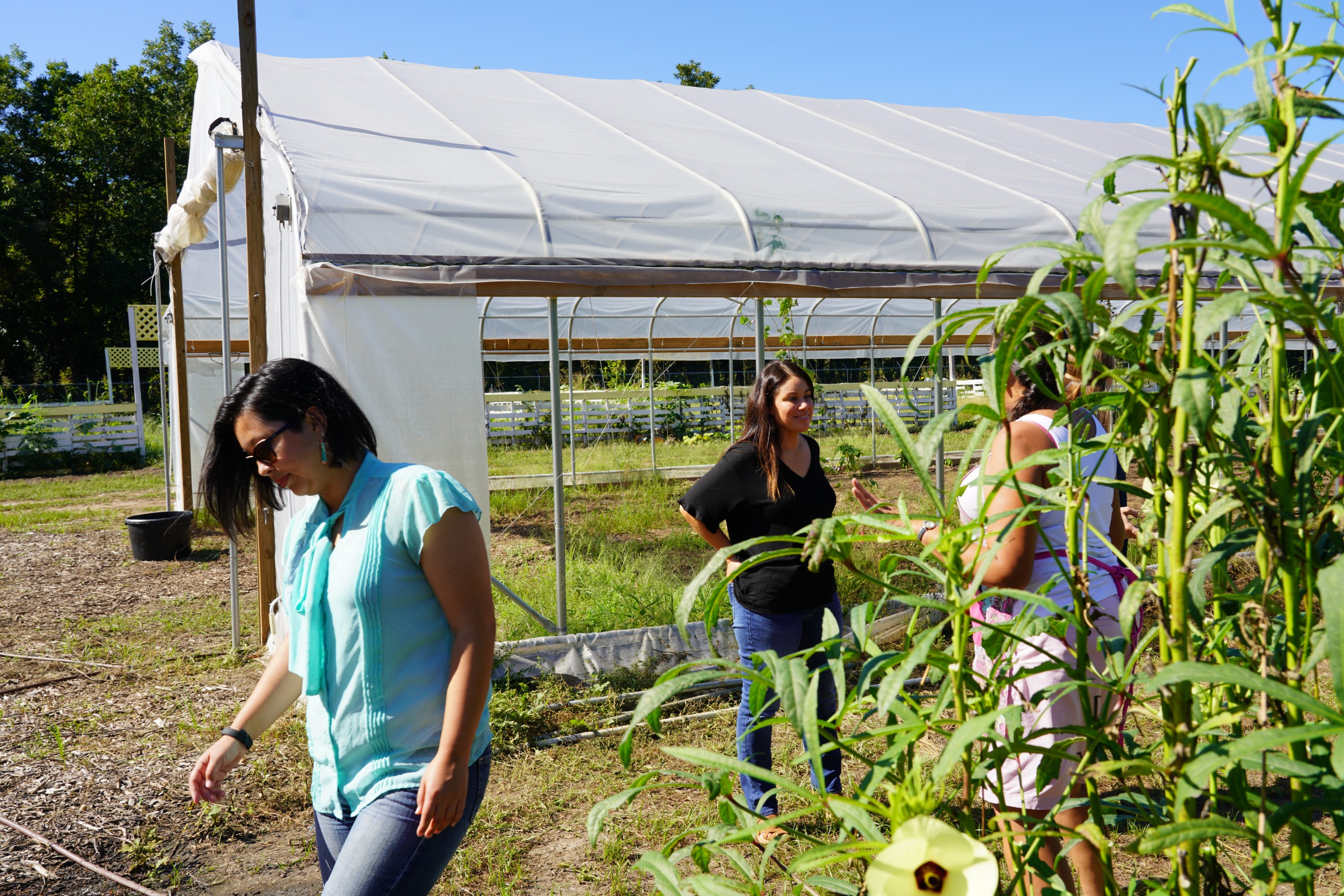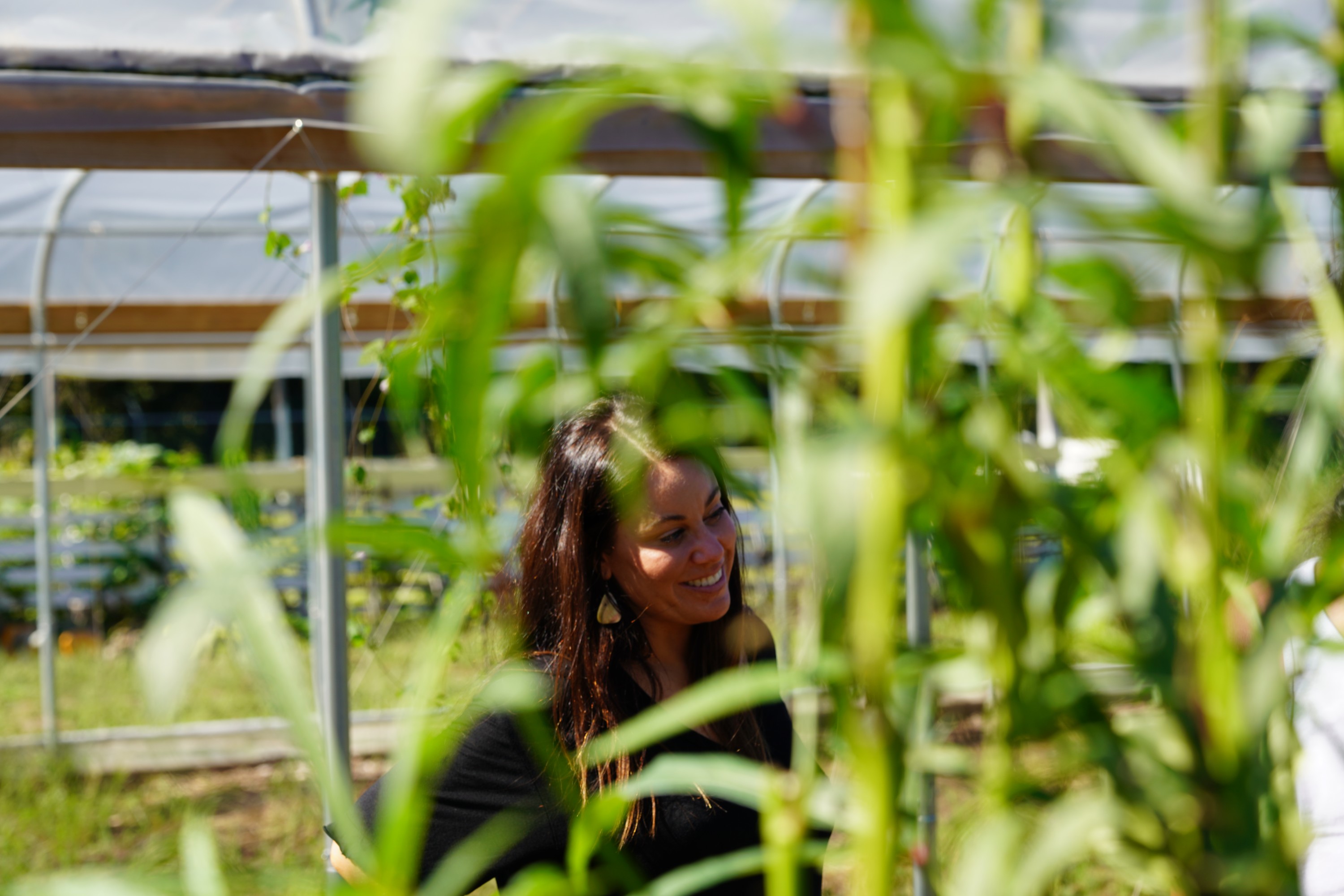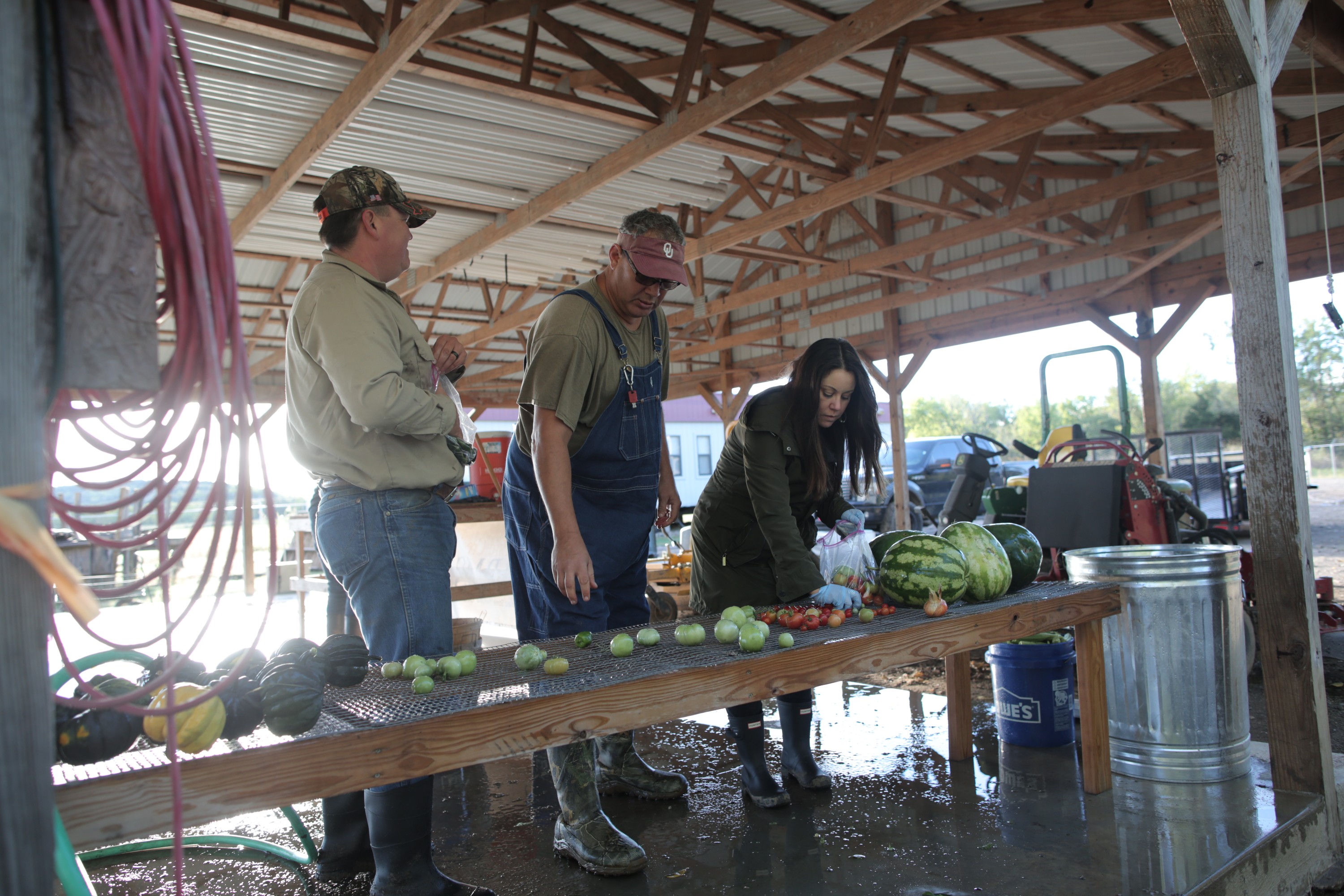Feature Story
A New Path in Diabetes Prevention
As diabetes rates soar, an OU researcher and activist developed a unique approach to study and fight the diabetes epidemic.

As diabetes rates soar, an OU researcher and activist developed a unique approach to study and fight the diabetes epidemic.
When people hear the word research, they usually imagine laboratories and crisp white coats. They picture academics armed with data sets, far-removed from the people or issues they’re studying. For one University of Oklahoma-Tulsa researcher and activist, research looks very different than the traditional model, and her commitment to collaboration and use of research as a means for social change is having a positive impact on Oklahoma and the country.
Valarie Blue Bird Jernigan, George Kaiser Family Foundation Chair in Community Medicine, Sam K. Viersen Family Foundation Presidential Professor and assistant dean of Community Research at OU-Tulsa, researches diabetes, Native American health and chronic disease prevention utilizing a method called community-based participatory research.


This approach accounts for the unforeseen complexities of real life by involving the community most affected in every step of the process. “It makes for better science,” explained Jernigan. “The questions and interventions are generated in the context of the real world, so all of those factors are already understood and accounted for.”
After earning her bachelor’s degree in anthropology, her journey into public health research began as a graduate assistant on the largest study of cardiovascular disease among Native Americans ever conducted: the Strong Heart Study. She then had the opportunity to study under Meredith Minkler at UC Berkeley School of Public Health, who wrote the textbook on community-based participatory research.
Armed with this collaborative approach, Jernigan became interested in the factors that cause diabetes. “I began to step back from diabetes and look at obesity and food systems. I wanted to better understand the social determinants behind these inflated rates of diabetes.”

A desire to investigate these kinds of questions led her back to her home state of Oklahoma, where she began collaborating with the community to fight and prevent diabetes.
Diabetes is the seventh leading cause of death in the United States and can be a direct cause of heart disease and stroke.
The limits of traditional research became apparent when studies to prevent diabetes could not be replicated outside of a laboratory setting. In a 1997 study, pre-diabetic participants ate a restricted diet and exercised vigorously in a lab. The study found that diabetes could be prevented if the average person at risk for the chronic disease lost seven percent of their body weight. The scientific community was excited, and the program was funded and rolled out in several communities.
Program administrators quickly discovered that real world factors were not properly accounted for in the lab. When trying to replicate the study in real life, participants arrived for their exercise classes without athletic shoes, rendering them unable to do the intense physical activity that participants did in the lab.
Identifying obstacles like this during the study is what makes community-based participatory research so effective. Jernigan’s first study did not take place in a lab. It took place across southeast Oklahoma in tribally-owned convenience stores. The Thrive Study, a five-year project funded by the National Heart, Lung and Blood Institute, sought to implement healthy makeovers in tribally-owned and operated convenience stores.
The Choctaw Nation and Chickasaw Nation own more than 20 of these convenient stores, which are key sources of revenue. When community members reported shopping for food as much or more at convenient stores than grocery stores, the stores were identified as key points for intervention.

The research team observed four intervention stores stocked with healthy options and four control stores stocked with unhealthy options over the course of a year. The results showed a promising path for intervention on a consumer level.
The Thrive study found that Native peoples’ purchasing of vegetables and fruits increased significantly, and perception of food environment improved dramatically as well. Plus, these results came at no cost to the tribes. In fact, the intervention stores generated more revenue than the control stores.
The positive results not only were indicative of a successful study, but also a meaningful collaboration between the community and researchers. “It’s really through a partnership and collective action that you’re able to generate positive health outcomes,” Jernigan explained. “You have to be willing to be an active participant in the process of co-learning and sharing knowledge.”
The study became policy in one of the tribes, and other nations are exploring replicating it. With more than 560 federally recognized tribes and more than 300 tribally-owned convenience stores, there is a huge opportunity to expand. “We’re already seeing requests to replicate in Arizona, Oregon and New York,” Jernigan said.
Community-based participatory research is not research for the sake of research, but a balance of action with science for social change. “You’re just as interested in generating a positive outcome for the community as you are with testing a hypothesis. Research is part of it. But it’s really a means to an end with the real focus being improving communities,” said Jernigan.
With a lot of enthusiasm building around these studies and more than $12 million in scientific research funding by the National Institute of Health over the past seven years, Jernigan is helping communities across Oklahoma address the chronic disease of diabetes. The real world setting for the research means it is easily translated into real world application, to the betterment of society. For more information on the study, visit the Hudson College of Public Health - Health Promotion Sciences.